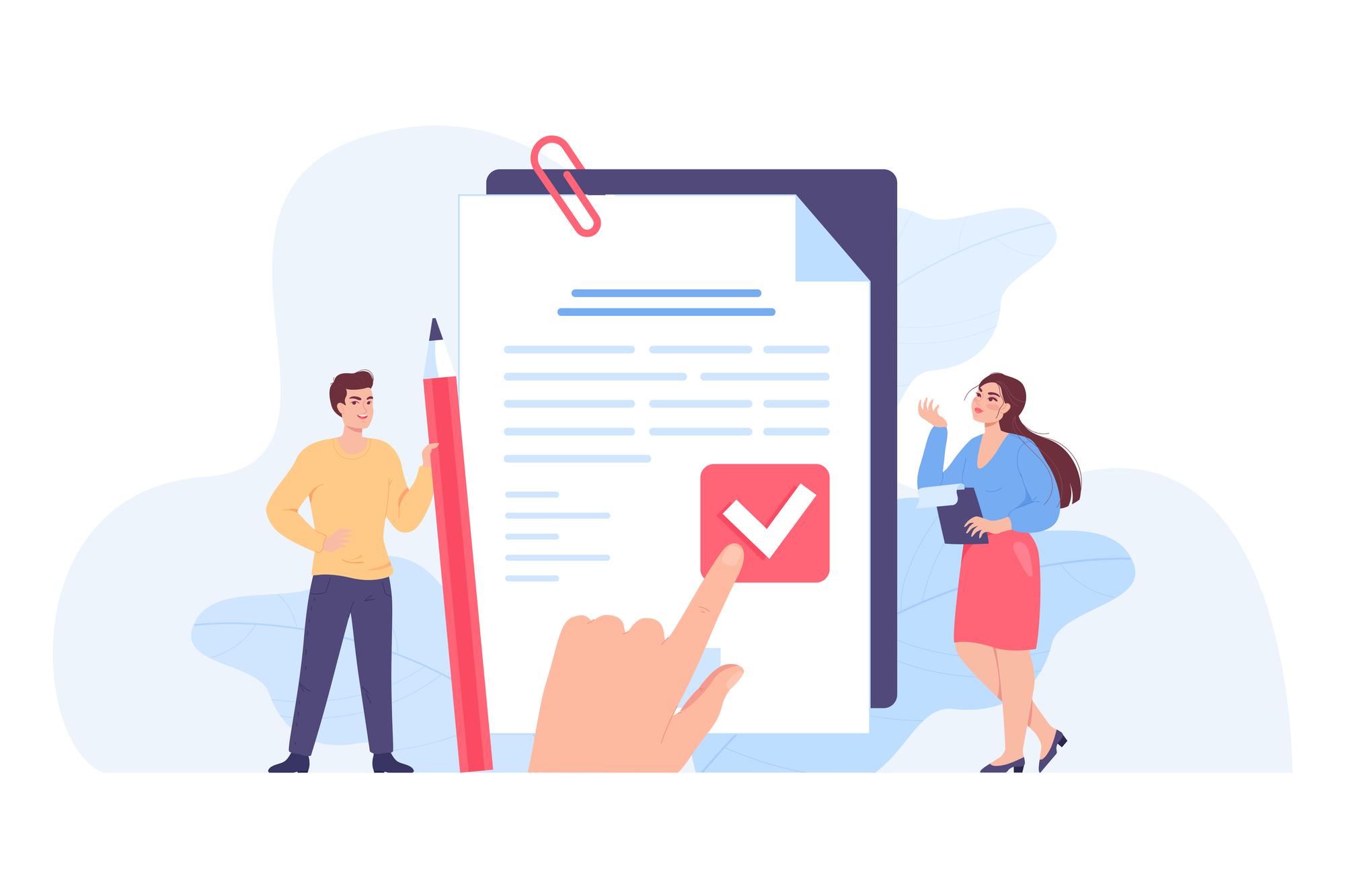Statistics from the email business show that Gmail is the most used email tool in countriesworldwide. Around 27% of emails are opened in a Gmail folder with more than 1.8 billion users. Attaching files and folders is one of the simplest things you can do with Gmail.
In this piece, we'll answer these questions by explaining how to send Zip files in Gmail and how a program like Enterprise can help you solve problems like attachment size limits or blocked attachments.
Why you may require to utilize Gmail to send zip files
This means that no single attachment can be bigger than 25 MB, and if you have more than one attachment, the total size of all cannot be bigger than 25 MB. Most video and audio, and PDF files are too big to send to a Gmail message. Attachments are compressed, making things even more complicated and slightly increasing the file size.
Attachments larger than 25 MB are automatically saved in Google Drive, and your email will include a link to the file's position in Google Drive. But this choice can cause problems for the receiver, like limiting who can share and view what files at the manager level.
By zipping a file, you can lower its size so that Gmail doesn't send it to Google Drive, where the recipient will have to look for it. You also don't have to add people to your Google Drive folder to be sure they have the right to get and open it. Your Gmail handset can upload your Zip files fast and safely from your email.
The Zip compression method shrinks a file's size without changing the original data's quality. A Zip file might include one or more compressed files. This makes them easier to send and takes up less room on your computer.
Email takes up about 28% of the normal worker's time at work. Most people who work mail at least 40 emails any day. Every time the writer or the recipient has to leave their email site to deal with a file or attachment, it slows down their work.
What's a ZIP file? How does compression work?
Zip is a folder system that makes sending and storing big files or groups of files easier and faster by making them smaller. An archive file is made when many different data types are compressed and stored in a single file.
Zip files are safe, easy to use, and special because they can comprise hundreds of different file names. They can handle all kinds of data, and each file is packed separately. Two methods are used to compress files: those that lose data and those that don't.
Zip files are lossless. That means there is no data loss when you zip and open them. When you uncompress the data, it returns to how it was when you first compressed it. Each bit of information in a file is not different. A lot of it repeats itself. Depending on the file type, programs can eliminate some of this duplication.
●Text files, database files that look like text files and pictures in BMP format can all be reduced by 90% or more.
●MP3s and other audio files can be reduced by 15-20% without losing quality.
●Image files like JPEGs can be shrunk by 20–25% without hurting the quality of the photos or the data.
●The size of program files can be shrunk by 50%.
You only have one way to show the same piece of info instead of many. Lossless file compression, for example, is like taking the information string AAA BBB CCC and reducing its duplicates so that they fit into this smaller data string, A3B5C2. It's the same details, but it's been facilitated, bringing up less room.
The numbers show how many times the letter before is repeated. So, when you extract the file, it will know how to return to its previous state without losing any info. Because of this, it is called lossless. By putting files to emails in a Zip file, you can:
●Send more files and groups with a lot of different file types.
●You don't have to make and send a bunch of extra texts.
●Your files will be uploaded faster, and your email reader can download them faster. This will reduce the server's time-out chance if the writer or receiver has a low speed.
●Stop spending time trying to find ways around Gmail's 25 MB file size limit for people whose email platforms have even smaller limits.
●Save room for everything in your company and the person receiving your letter.
 PDF Magic
PDF Magic



